Radial Collateral Ligament (RCL) Injury
What is a Radial Collateral Ligament (RCL) Injury?
Radial Collateral Ligament (RCL) injury involves damage to the ligament on the outer (lateral) side of the elbow that stabilizes the joint against varus stress. It often results from trauma, overuse, or repetitive strain—common in athletes like tennis players. Symptoms typically include lateral elbow pain, instability, and difficulty with gripping or weight-bearing through the arm.
A fall into an outstretched hand is the most frequent way for someone to tear or damage the radial collateral ligament. When someone tries to catch themselves while falling in this manner, they put too much strain on their elbow, which can cause one of the joint’s three ligaments including the RCL to stretch or tear.
Elbow joint dislocation may potentially occur at the same time as this acute injury. Another name for the radial collateral ligament is the lateral collateral ligament (LCL).
The lateral radial collateral ligament (also known as the RCL), annular ligament, auxiliary lateral collateral ligament, and lateral ulnar collateral ligament are the four main ligaments that make up the lateral collateral ligament (LCL) complex in the elbow joint. The lateral collateral ligament complex includes the RCL. A displaced elbow may result in an LCL complex injury. This kind of injury is most commonly sustained by athletes who fall on an outstretched hand while participating in sports.
Causes of radial collateral ligament (RCL) Injury:
- The most common cause of LCL injuries is excessive elbow joint use.
- Games and exercises that require a lot of arm stretching and contracting or repetitive throwing motions might overwork the ligaments and cause tears.
- Falling on an outstretched hand is another common reason for LCL injuries seen in emergency rooms.
- Additionally, if you have already experienced a joint dislocation or an elbow fracture, you may develop LCL tears.
- A small LCL strain might progressively cause serious consequences if treatment is not received.
- Scar tissue and bone spur production are the main examples of this, and they can develop into neuropathy or nerve dysfunction.
Symptoms of radial collateral ligament (RCL) Injury:
The injury will cause symptoms, which will persist after it has occurred. People in the New York region say the following:
- Immediately following a fall, lateral side elbow pain.
- When extending the elbow, a clicking sound is produced.
- Having the sensation that the elbow is catching while it is stretched
- significant dislocation of the elbow joint
- Lifting objects with the affected arm is difficult.
- Depending on what proportion of the fibers have been destroyed, elbow or medial side arm pain can range from minor to severe.
- Reduced range of motion: You might find it challenging to move the affected arm in specific ways. Bending or extending your elbow might become quite painful and difficult.
- Tenderness: The inner side of the forearm and elbow may feel touch-sensitive.
- Swelling: After an injury, the damaged area may swell right away, or it may take time for a strained ligament to heal.
- Numbness: If an underlying nerve in the joint capsule is compressed by the strained ligaments, you may experience a tingling feeling in your arm.
- Bruising: The inside of the elbow may show signs of skin darkening. This occurs when the ligament is ruptured along with the little blood vessels.
- Locking or catching: Attempting to move your elbow at a particular angle may cause it to feel stuck or “give out.”
- Loss of elbow and arm strength: People who have a badly torn LCL band may find it difficult to move even very light items, like a glass of water.
Risk Factors:
- Lacrosse players, baseball players, and javelin throwers are among the throwing athletes who are most at risk of rupturing their LCL tissues.
- Ruptures of the ulnar or radial collateral ligament are also common in those who play racquet sports like tennis, badminton, golf, and squash on a regular basis.
- Construction workers are at risk for LCL injuries, particularly if they use improperly suited equipment or handle tools improperly.
- You run a higher risk of straining the LCL band if you overtrain at the gym or don’t warm up properly before a strenuous workout.
- Rugby, soccer, and football players are typically at a higher risk of lateral collateral ligament strains. This is because there is a chance that the game will include falls.
- Improper arm postures can easily result in LCL injuries for amateur or adolescent athletes participating in contact sports.
Diagnosis:
While MRI offers fine-grained visibility of the ligament and surrounding soft tissues, imaging methods such as X-rays can be employed to rule out fractures to confirm the diagnosis and assess its severity. In certain situations, ligament tear and dynamic joint stability can also be evaluated with ultrasonography.
Special test
Stress test:
The purpose of the stress test for a Radial Collateral Ligament (RCL) injury is to evaluate the ligament’s integrity, usually at the elbow or thumb. Applying a valgus (lateral) force to the thumb’s metacarpophalangeal (MCP) joint while supporting the metacarpal bone is how the thumb RCL test is performed.
A possible RCL injury is indicated by increased laxity or soreness in comparison to the undamaged side. A varus stress test for the elbow RCL is carried out by supporting the upper arm with the elbow slightly flexed and delivering a medial force on the forearm. Damage to the radial collateral ligament is indicated by pain, instability, or excessive movement.
Treatment of Radial Collateral Ligament (RCL) Injury:
You should contact a doctor right immediately if you have persistent pain along the medial side of your elbow. To determine whether the injury is to the lateral collateral ligament, a doctor may inspect the joint closely and may also perform a medical scan (such as an MRI or X-ray).
Medical Treatment:
They will choose a course of treatment based on how severe the tear is.
Treatment are:
- Pain management using non-steroidal anti-inflammatory drugs (NSAIDs)
- Using a tailored thermoplastic splint or brace to support the elbow and stop further ligament tension
- Using elbow hand treatment or elbow physical therapy can help control pain and improve joint function and strength.
- Speed up recovery by adhering to the rest, ice, compression, and elevate (RICE) protocol.
- Surgery is usually not necessary for those whose elbow LCL band is injured or stretched.
However, in certain instances, if the tissues burst along with a bone displacement or joint fracture, an operation can be required. For effective joint rehabilitation and postoperative pain control, elbow hand therapy or elbow physical therapy will be essential.
Physical Treatment:
A crucial treatment for a torn or strained lateral collateral ligament in the elbow joint is physical therapy.
To recommend the best workouts for each patient’s condition, our skilled therapists collaborate closely with them. The major goal is to guarantee a speedy recovery and assist the patient in regaining normal muscle and joint function.
We employ a variety of mild mobility and flexibility exercises for this. Under the guidance of qualified physical therapists, this can help you progressively reach the full range of motion without experiencing any pain. Alternative approaches to treatment in a physical therapy facility can also include:
- Electrotherapy such as ultrasound therapy
- Heat therapy
- Soft tissue massage
- Manual therapy
- Joint range of motion exercises
- Safe stretching
- Acupuncture
- Taping
- Joint strengthening.
Prevention of radial collateral ligament (RCL) Injury:
Maintaining appropriate joint strength, flexibility, and movement mechanics is essential to preventing injuries to the radial collateral ligament (RCL). Frequent warm-ups and wrist, forearm, and elbow stretching exercises can increase the range of motion and lower the chance of strain. During exercise, strengthening the surrounding muscles, particularly the stabilizers and extensors of the forearm helps sustain the ligament. It’s crucial to use the right techniques in sports and everyday chores to prevent overstressing the RCL.
When engaging in high-risk activities, protective equipment like braces or taping may be useful. By including rest intervals and preserving ergonomic postures when working or playing sports, it’s also critical to prevent overuse. It is possible to stop minor problems from turning into more serious injuries by identifying and treating early indications of pain or instability.
Prognosis:
The degree of damage and the speed of therapy are key factors in determining the prognosis of a Radial Collateral Ligament (RCL) injury. Conservative treatment for mild to severe sprains usually involves bracing, physical therapy, and rest; most people can resume their regular activities in a matter of weeks.
An understanding rehabilitation program may be necessary after surgical intervention in more severe situations, such as total tears or chronic instability. Although attention to rehabilitation and preventing re-injury are important variables in ensuring long-term stability and performance, most patients should expect a good recovery and return to full function with the right care.
Complications of radial collateral ligament (RCL) Injury:
If a Radial Collateral Ligament (RCL) injury is not appropriately recognized or treated, complications may result. Prolonged pain, weakness, and diminished grip or arm function can result from chronic instability of the affected joint, whether it be the elbow or the thumb. Because of abnormal joint mechanics, the joint may become vulnerable to repeated injuries or develop early-onset osteoarthritis in severe or neglected cases.
Additionally, stiffness, reduced range of motion, and scar tissue formation may occur, especially if immobilization is protracted or rehabilitation is inadequate. If surgery is necessary, problems could include infection, irritation of the nerves, or insufficient strength and stability recovery.
Conclusion:
In conclusion, although they are less frequent, injuries to the radial collateral ligament (RCL) can have a major impact on joint stability and function if they are not appropriately treated. For the best recovery, early diagnosis, suitable therapy, and a planned rehabilitation program are necessary.
Most people can regain full strength and mobility with prompt intervention and preventive measures, reducing the chance of long-term consequences and guaranteeing a return to sports or regular activities.
FAQs
Is surgery required for tear in the lateral collateral ligament?
Tears in the medial collateral ligament heal more quickly than those in the lateral collateral ligament. Surgery may be necessary for grade 3 lateral collateral ligament injuries. In certain situations, rest, brace wear, ibuprofen, and physical therapy are all that are needed.
What occurs if the lateral collateral ligament is torn?
An injury that presses the knee joint from the inside, causing force on the outside of the joint, is typically the cause of a lateral collateral ligament (LCL) injury.
How long does it take to recover from an injury to the lateral collateral ligament?
Depending on the extent of the tear, the healing period for lateral collateral ligament (LCL) injuries varies: mild (Grade 1) injuries take 3–4 weeks, moderate (Grade 2) injuries take 8–12 weeks, and severe (Grade 3) injuries may require surgery and require a prolonged recovery period of 6 months or more.
What is the lateral collateral ligament orthopedic test?
Varus stress test
This test is the most useful for evaluating LCL injury, according to studies. During the test, the examiner applies a varus force to the ankle while stabilizing the femur and keeping an eye on the lateral joint line. First, the test is conducted at 30°.
The radial collateral ligament is located on which side?
The elbow’s lateral collateral ligament, also known as the external lateral ligament, lateral collateral ligament, or radial collateral ligament, is located on the side of the radius. The radial and posterior collateral ligaments are visible at the left elbow joint.
How is the radial collateral ligament tested?
Varus Instability Test Elbow
Apply an abduction or varus force after flexing the elbow to about 20 to 30 degrees and palpating the radial collateral ligament. Although a tense ligament is the norm, an injury to the ligament is indicated if you have pain, a decrease in range of motion, increased laxity, or a soft end-feel.
What is an elbow RCL tear?
The elbow joint is stabilized by the RCL, which is situated on its lateral side. Overuse or an unexpected impact might cause an RCL tear. This kind of injury may result in limited range of motion, edema, and pain on the outside of the elbow.
What motion is inhibited by the radial collateral ligament?
Compared to its ulnar counterpart, the radial collateral ligament runs more horizontally and begins and attaches somewhat closer to the joint borders. During joint flexion, this ligament gradually tightens and restricts abduction and adduction. It is located just dorsal to the joint’s flexion-extension axis.
Is surgery necessary for a tear in the radial collateral ligament?
Operation is also necessary to treat a full tear with an unstable joint that expands into radial deviation more than the thumb on the other side. Immobilization and rehabilitation can be used as non-operative treatments for non-displaced full tears and partial tears with a stable joint.
What is the healing period for a damaged radial collateral ligament?
Unfortunately, it normally takes a long time for collateral ligament injuries to heal at least six weeks, and sometimes months.
How quickly can an elbow with a damaged ligament heal?
Rest: To give the ligaments time to recover, limit and adjust daily activities. Ice: To lessen swelling and avoid tissue damage, apply ice to the area sporadically (every 15 to 20 minutes). Compression: This reduces edema and supports the elbow. Your physician might advise you to keep it covered with a snug elastic bandage.
What is the RCL ligament used for?
A component of the elbow’s lateral collateral ligamentous complex, the radial collateral ligament (RCL), also known as the radial collateral ligament proper or the lateral collateral ligament of the elbow, serves as a static lateral stabilizer.
How long does it take to recover from RCL elbow surgery?
As tolerated, you can advance with active motion. six weeks following surgery. At six weeks following surgery, splint use may be discontinued. After 12 weeks following surgery, return to the clinic for a follow-up assessment.
How is an RCL injury treated?
Complete tears of the thumb RCL should typically be addressed with operational therapy, either direct repair or anatomic reconstruction, depending on tissue quality, but incomplete tears respond well to immobilization.
How should an elbow with a torn RCL be treated?
Surgery can be necessary if the elbow was dislocated during the injury or if the ligament has burst. Resting, splinting, medication, and physical therapy have a high success rate in mending a frayed or stretched RCL injury if the ligament was pulled or strained.
References
- Patel, D. (2023b, August 14). Radial Collateral Ligament – Anatomy, structure, function. Samarpan Physiotherapy Clinic. https://samarpanphysioclinic.com/radial-collateral-ligament/
- Williams, R., MD. (2022, July 25). Radial Collateral Ligament (RCL) tear of the elbow | LCL tear. Riley J. Williams III, MD – Orthopedic Surgeon. https://rileywilliamsmd.com/radial-latteral-collateral-ligament-tear-rcl-lcl-orthopedic-elbow-specialist-manhattan-new-york-city-ny/
- Chua, B. N. (n.d.). Elbow lateral collateral ligament tear / strain physiotherapy. https://phoenixrehabgroup.com/articles/hand-therapy/elbow-lateral-collateral-ligament-tear-strain-physiotherapy/
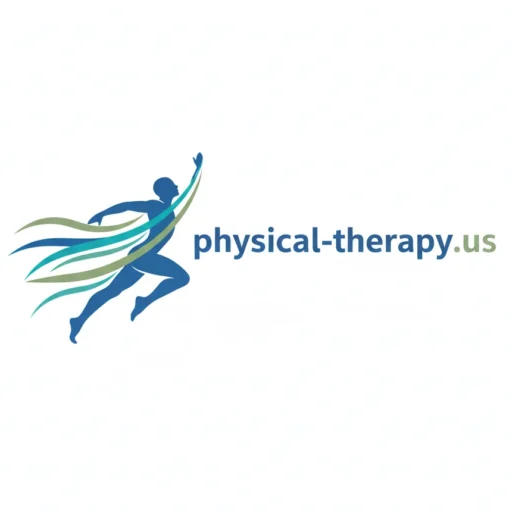



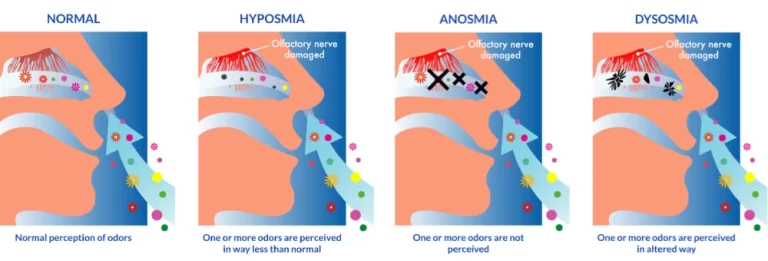
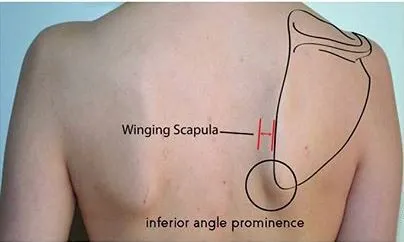
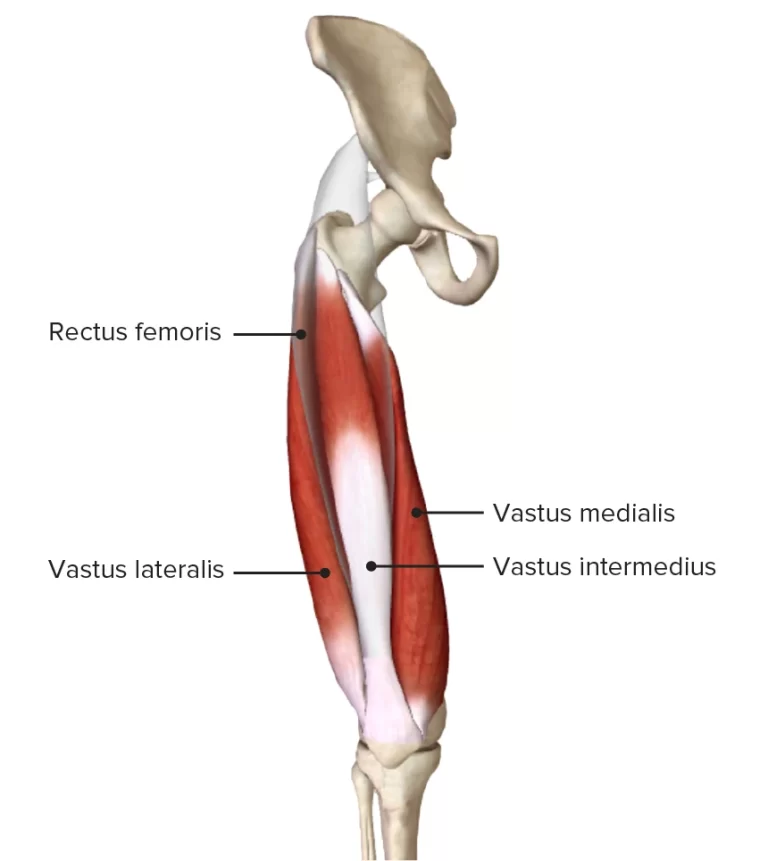
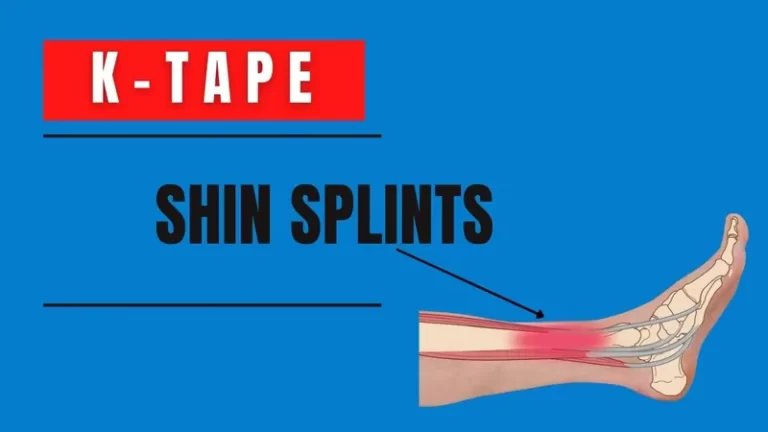
One Comment